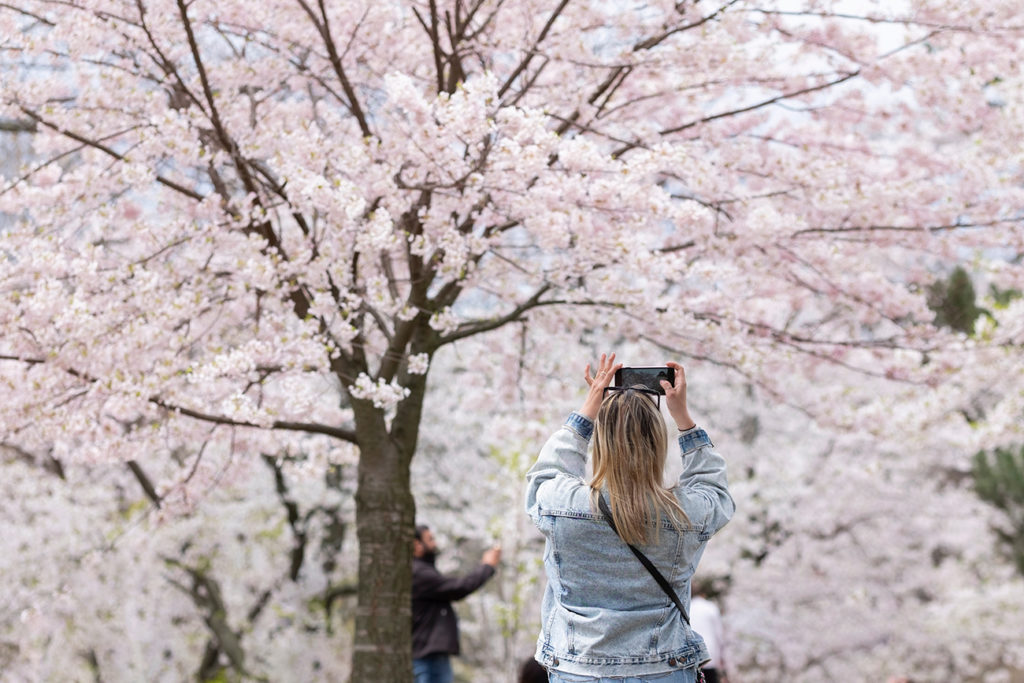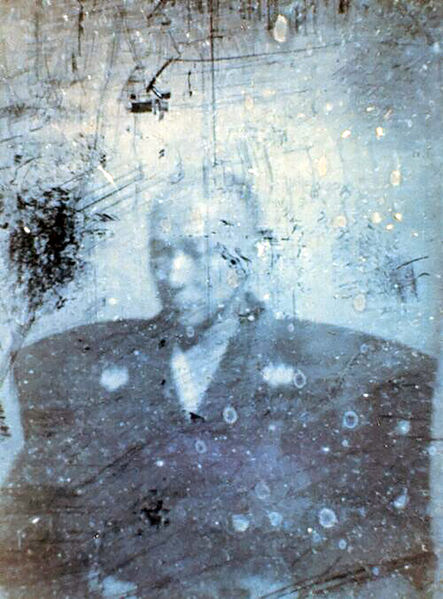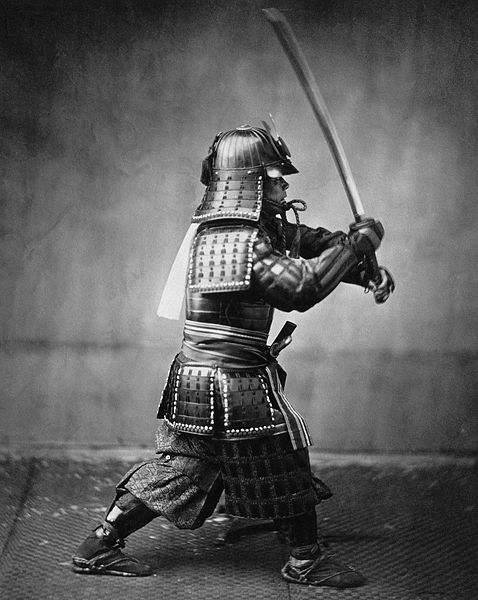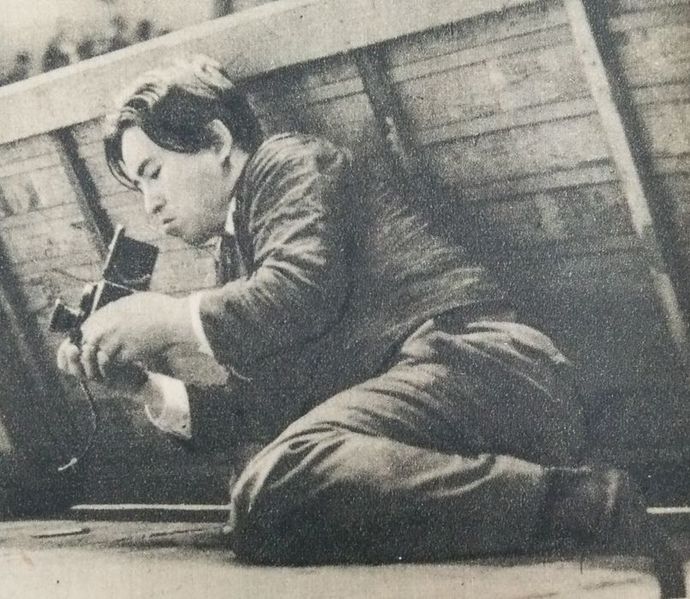
A Short History of Photography in Japan
 In the world of visual arts, photography is a relative newcomer; yet it has surpassed traditional arts such as painting and sculpture in its popularity and the numbers of people who engage in it. The digital age has greatly influenced its reach, as evidenced by the countless photos one can find in the internet. In Japan, photography is very much a part of its culture and technology. Most of the leading camera brands come from Japan, including Canon, Nikon, Sony, Panasonic, and Olympus.
In the world of visual arts, photography is a relative newcomer; yet it has surpassed traditional arts such as painting and sculpture in its popularity and the numbers of people who engage in it. The digital age has greatly influenced its reach, as evidenced by the countless photos one can find in the internet. In Japan, photography is very much a part of its culture and technology. Most of the leading camera brands come from Japan, including Canon, Nikon, Sony, Panasonic, and Olympus.
A daguerreotype of Shimazu Nariakira (1828 – 1903).
The history of photography in Japan can be traced as far back as 1848, when the first camera was imported by a Dutch ship to Nagasaki. This was the time of sakoku, when the country was closed off from the rest of the world and trade was prohibited except with just a few foreign nationals, including the Dutch. In 1849, the camera was passed to Shimazu Nariakira, a daimyō who would be the subject of the first Japanese photograph taken by Ichiki Shirō, making use of the daguerreotype process.
 When Japan began opening its doors to foreign countries and trades in the 1850s, more cameras, accessories, and information about photography came pouring in. Foreign photographers began visiting Japan and taking photos, including noted Italian-British photographer Felice Beato. He moved to Yokohama and shot various types of photography including portraiture, landscapes, and cityscapes. He was the first photographer who sold photo albums in Japan.
When Japan began opening its doors to foreign countries and trades in the 1850s, more cameras, accessories, and information about photography came pouring in. Foreign photographers began visiting Japan and taking photos, including noted Italian-British photographer Felice Beato. He moved to Yokohama and shot various types of photography including portraiture, landscapes, and cityscapes. He was the first photographer who sold photo albums in Japan.
Samura with sword and dagger, circa 1860.| Felice Beato
With the rising interest in photography, and around the time of transition from Edo Era to the Meiji Era, more and more Japanese photographers set up studios. Among the first professional Japanese photographers were Ueno Hikoma and Shimooka Renjo, who opened their studios in 1862.
By the early 20th century, Japan’s camera industries started to thrive. Natives became more knowledgeable about the photographic process, cameras were being sold at cheaper prices, and camera clubs and magazines started to boom around the country.
 World War II brought about a thrust in photojournalism. Notable photographers who delved in this genre included Ken Domon, Ihee Kimura, and Yōnosuke Natori. After the devastation caused by war, the photography industry recuperated and by the 1950s, Japanese cameras were known globally as having high-class standards.
World War II brought about a thrust in photojournalism. Notable photographers who delved in this genre included Ken Domon, Ihee Kimura, and Yōnosuke Natori. After the devastation caused by war, the photography industry recuperated and by the 1950s, Japanese cameras were known globally as having high-class standards.
Ken Domon looking through his camera. |朝日新聞社
In the late 1960s through the 1980s, Japan’s high economic growth moved it to the forefront of camera technology and sales, and ahead of U.S. and German makers. Top competitors of Japanese camera brands were each other.
However, the 1990s marked the Japanese recession and great changes in the photographic industry came about. A lot of photo book publishers went bankrupt and many photo magazines and galleries closed. Yet, it was also a time when photography in culture spiked. Fine art photography flourished and major art museums established photography departments and exhibition spaces. At the same time, compact cameras and photo stickers had become a hit among young people.
With the advent of the digital and internet age, the masses have become accustomed to photography as a medium of expression and documentation. The selfie generation is here, cameras are more accessible than ever, and almost everyone in Japan (and many other countries) now carries some type of camera. With constant innovation, it’s a given that the photography industry will remain strong for a very long time.

